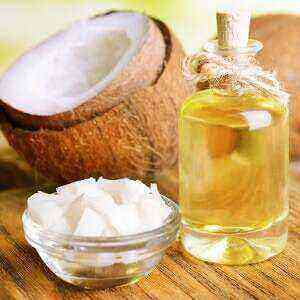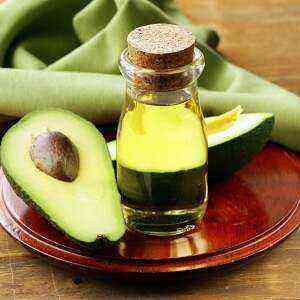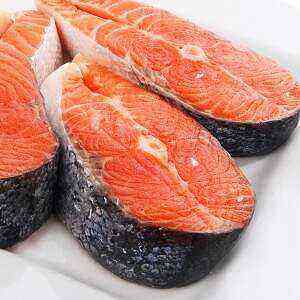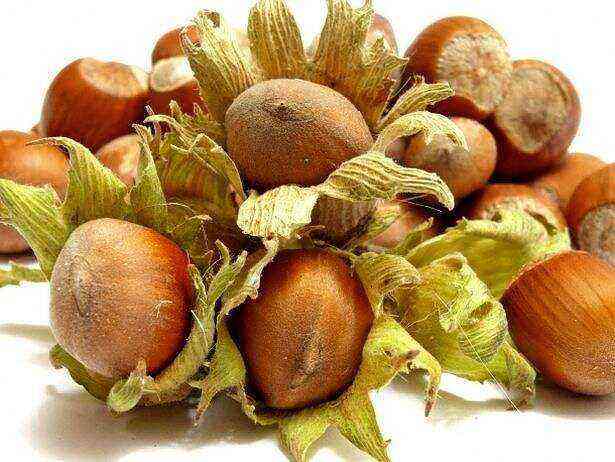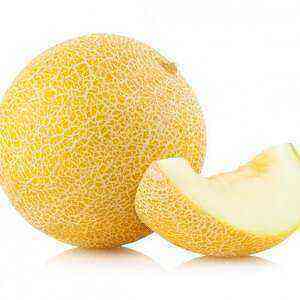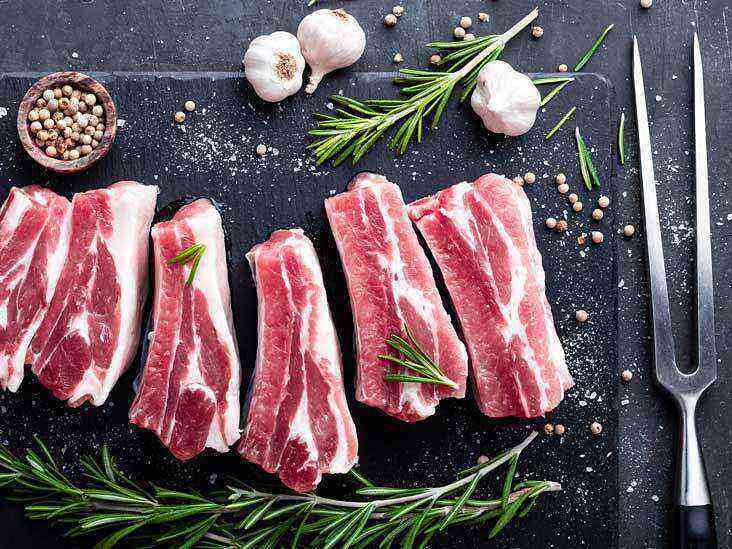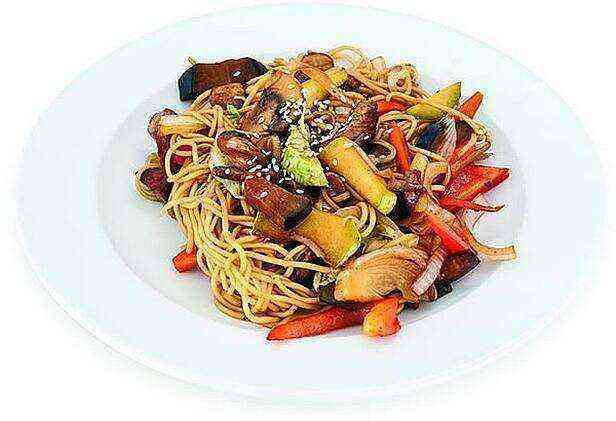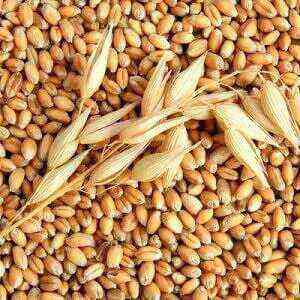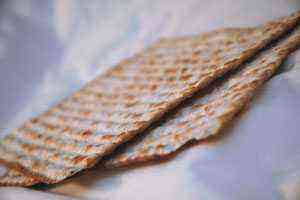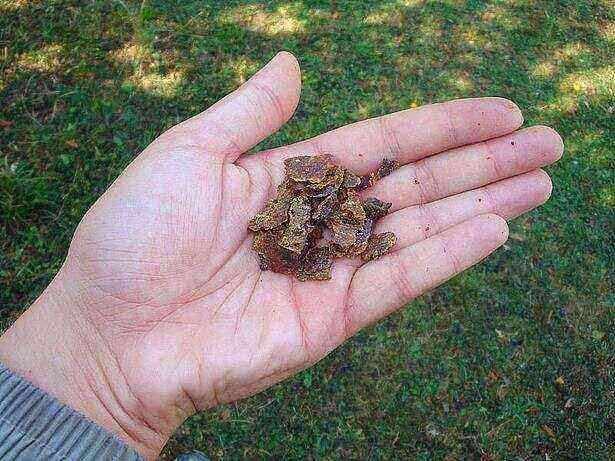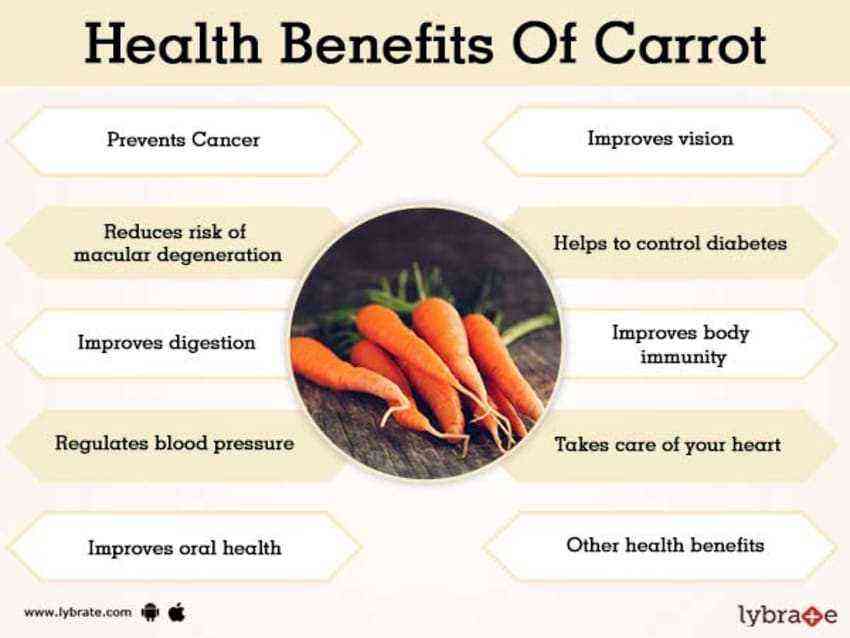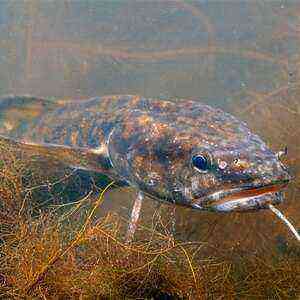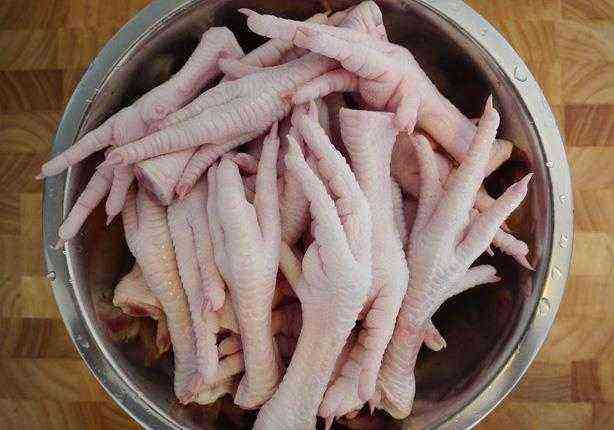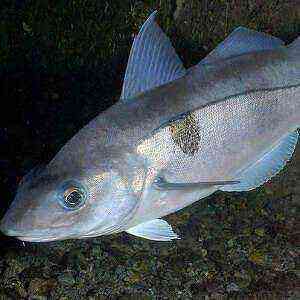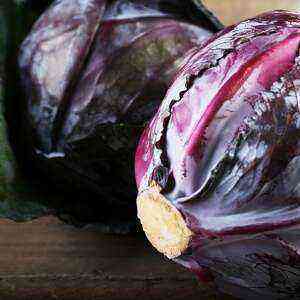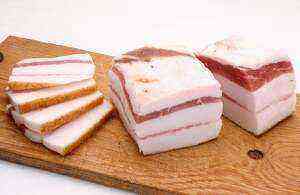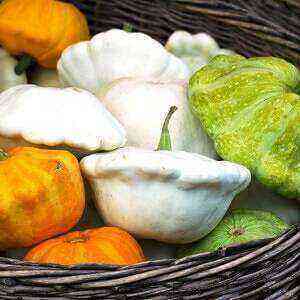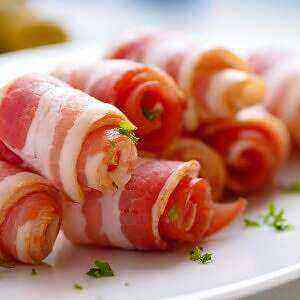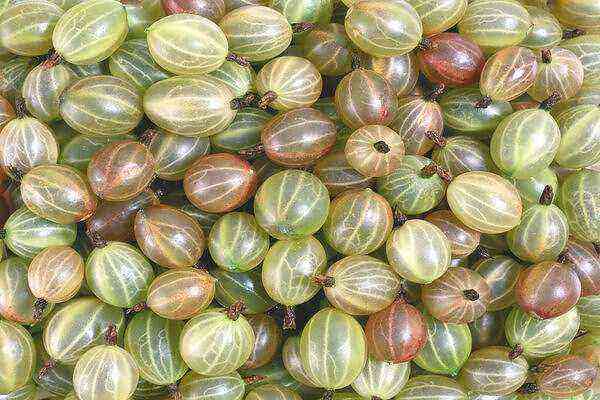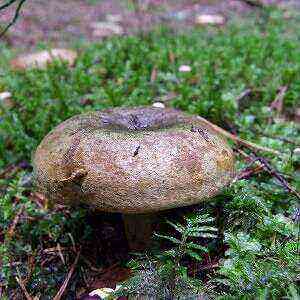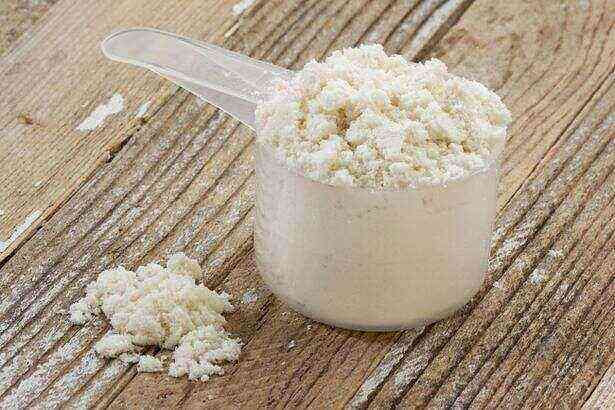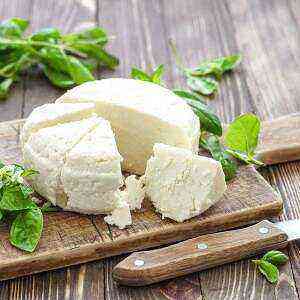
Cheese, made exclusively from sheep’s milk, is the main cheese component of the Romanian, Moldovan, Macedonian and Bulgarian culinary tradition. The product is added everywhere: in salads, pies, appetizers, first and second courses. The cheese is fried, pickled, baked and even boiled. Why is feta cheese so good and how to properly introduce a new product into our diet?
General characteristics
Cheese is a soft cheese with a standard white shade. Its taste and smell are fermented milk, medium salinity. The consistency of the product is dense, often hard. Cheese breaks easily, but does not crumble. The shade of feta cheese is uniform, it can vary from milky white to pale yellow. There is no drawing, a minimum number of irregular voids is permissible. The surface is smooth, clean and does not crust. The surface structure can push back traces of serpyanka (a special mesh in which cheese is soaked). Slight deformation and slight cracks on the bars are allowed.
Cheese can be easily made at home. Prepare the necessary equipment, ingredients and create your own cheese with a unique flavor palette. Homemade cheese differs significantly from the store cheese and saves the family budget.
A Brief Historical Reference
The homeland of feta cheese is the Arab East. Seven thousand years ago, thanks to the eastern merchant Kanan, the world received a special soft cheese with specific taste and aroma unlike anything else. Kanan, setting off on the next trade route, poured sheep’s milk into a wineskin, covered it with a lid and several layers of cloth so that the milk would not spoil from the heat. After a dozen kilometers, Kanan decided to take a break and empty the bowl of milk. As soon as the traveler opened the vessel, white slurry poured out of it and a dense milk block fell out. Kanan, without realizing it, got hold of a method of making feta cheese. The traveler liked the taste and aroma of the dairy product, he decided to repeat and improve this culinary innovation. So the world got acquainted with feta cheese.
Useful properties of the product
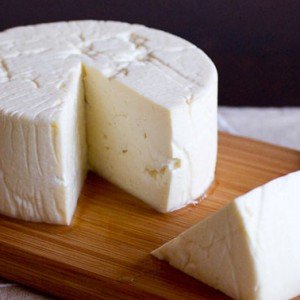
High-quality feta cheese is kept for at least 30 days. It is such a product that can benefit the body and positively affect your appearance. Fats are the key to well-being and good looks. The regular presence of feta cheese in the diet will improve the condition of the skin, moisturize, nourish it with useful substances, and stop aging.
Calcium included in feta cheese is more easily absorbed by the human body than a similar nutrient in greens and berries. The substance will strengthen the skeletal system and bring order to the condition of the teeth.
Bryndza improves digestive function, accelerates metabolism and does not create additional stress on the abdominal organs. The product acts as a kind of disinfectant: it creates a special barrier for bacteria and inhibits the development of putrefactive microorganisms in the digestive tract farmer-online.com.
Chemical composition
Vitamin composition (in milligrams based on 100 grams of the finished product)
Vitamin
Bryndza with cow’s milk
Cheese cheese on sheep’s milk
Retinol (A) 0,18 0,192 Beta-carotene (A) 0,006 0,007 Thiamine (B1) 0,04 0,05 Riboflavin (B2) 0,12 0,15 Ascorbic acid (C) 1 1 Calciferol (D) 0,00062 0,00061 Tocopherol (E) 0,3 0,4 Nicotinic acid (PP) 5 3,7
Application of the product in cooking
Recipe for spinach, egg and feta cheese pie
Nutritional value (based on the 1 portion of the finished dish)
Caloric value
Proteins
Fats
Carbohydrates
674 kcal 21,4 g 44,8 g 45,6 g
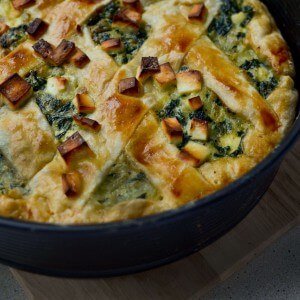
- potatoes (it is recommended to take a young medium size with a thin skin) – 5 pcs;
- fresh spinach – 500 g;
- feta cheese – 300 g;
- chicken egg – 2 pcs;
- butter – 30 g;
- puff pastry (it is recommended to take yeast-free) – 500 g;
- olive / vegetable oil – 2 tablespoons;
- onions – 1 pcs;
- garlic – 2 heads;
- spices and herbs to taste.
Preparation
Peel potatoes with a coarse brush, boil in salted water. Drain when done, let the potatoes cool, then cut into slices and place in a suitable container. Thinly chop the onions, fry in a drop of vegetable oil until golden crust appears. In the process of frying onions, add chopped garlic and your favorite spices.
Prepare the spinach: rinse the plant, remove the stems, fold the leaves and cut into thin strips.
Culinary tip: Slice the spinach across the leaf, not lengthwise.
Add the spinach to the skillet with the spicy sautéed onions. Simmer it until the leaves are soft and pliable. Put the prepared mixture of onions, spinach and spices into a container.
Finely chop the feta cheese, put it in a bowl with spinach, add potatoes and spices. Prepare the filling: beat 2-3 chicken eggs (avoid the formation of peaks) and send to the total mass. Stir the mixture gently. While stirring, bubbles form in the egg mass. It is important that they remain intact and do not burst during the cooking process.
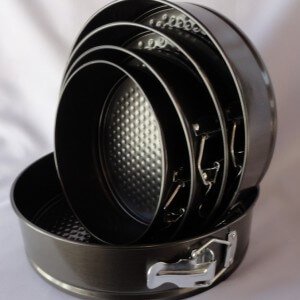
Place the filling in a baking dish, flatten and lightly roll the edges of the dough over the filling (to form a basket). Place the required amount of feta cheese on top of the filling. Take the cut strips and form a classic square pie pattern. You can get creative or refuse such decoration altogether. Mix 1 raw egg with 1 tablespoon of milk, beat thoroughly and apply with a silicone brush to the cake.
Preheat oven to 160 ° C and send the pie for 40-50 minutes. Serve immediately after cooking. Try dipping a slice of pie in low-fat sour cream, or pick a favorite sauce or drink that tastes great with your main course. Now you have a good reason to gather the whole family at one table!
Features of local production and consumption of feta cheese
Brynza is a frequent guest of the national cuisine:
- Ukraine;
- Russia;
- Bulgaria;
- Romania;
- Moldavia;
- Balkan Peninsula.
The product is added to vegetable salads, meat / fish dishes, used as a separate snack or main course. Cheese is even combined with first courses and served with tea. Despite the differences in the culinary traditions of each country, feta cheese is eaten with a characteristic side dish: fried onions, garlic, rye or wheat bread, boiled or baked potatoes, eggplants ..
The Ukrainian city of Rakhiv hosts annual feta cheese festivals. In the “center of Europe” the streets are filled with an impromptu market, where they sell homemade feta cheese for a symbolic cost. Soft cheese is the most important component of mamalyga (a traditional Carpathian dish). Poles from the Podhale region loved the cheese so much that they decided to protect the product at the legislative level .… Podgal cheese is considered a regional product, and its preparation standards are extremely high. Residents of the North Caucasus also cannot imagine life without a cheese product. Cheese is included in the daily diet of every adult. It is not for nothing that the North Caucasus is known for its long-livers.
Cheese is an easily digestible product that nourishes the body with vitamins, protein, healthy fats and nutrients. Milk protein, which is part of feta cheese, is absorbed by the body easier, faster and more efficiently, which gives more energy, strength and muscle growth ..
Possible consequences and contraindications

- kidney;
- liver;
- biliary tract;
- stomach;
- pancreas;
- circulatory system;
- nervous system.
How is this justified? Cheese contains an excessive amount of salt. The accumulation of salt in the body is fraught with disease, edema and poor health, so our organs are working hard to remove it. An organ that is affected by a disease cannot perform its functions in full, and the quality of salt excretion will also suffer. The body systems will begin to decrease performance one after another, which can lead to tragic consequences. Do not endanger your body for the sake of momentary happiness.
Is it possible to “bypass” contraindications? Yes! The amount of salt is reduced by thermal processing of the food product. Put the cheese in boiling water for a few minutes, soak in water, fry or bake in the oven. Such a trick can only be used with the permission of the doctor.
Another absolute contraindication is lactose intolerance. The body simply will not be able to assimilate the product and will provoke side effects in the form of nausea / vomiting, dizziness, loss of consciousness, bloating, the development of pain and the appearance of seizures.
How to choose and store feta cheese
The cheese goes on sale after 20 days of soaking in a special brine. 20 days is the minimum threshold that can be increased by the manufacturer to 60 days or more. Transportation can take both several hours and several calendar days (depending on the territorial location of the manufacturing factory and points of sale). The buyer, looking at these labels, will never be able to determine the exact date of manufacture and time of soaking of the product. [8].
Cheese with filler or in marinade is soaked several times longer than usual.
How to choose high-quality feta cheese, if the information on the label does not always correspond to reality [9]?
Crust
Cheese, unlike most types of cheese, has no crust. A dry, dense edge indicates that the implementation period has been exceeded. It is better to refuse such feta cheese. The longer the product is on the counter, the less beneficial bacteria survive and end up on the consumer’s plate.
Surface specificity
The cheese should not have a perforated pattern, as on some hard cheeses. The interior of the product must be completely filled. 1-2 voids of irregular shape are allowed for the whole head of cheese. The presence of a large number of voids indicates improper cooking, soaking, transporting or storing the product.
Fatness
Fats are the most important structural element for the human body. He is responsible for our well-being, hormones, the beauty of hair / nails / skin. Women need more fat than men. Lack of fat provokes menstrual irregularities and problems with the possible bearing of a baby.
Don’t be afraid to buy foods that are high in fat; they taste better and provide more benefits. Cheese with a fat content of less than 40% will not affect your health in any way, but, on the contrary, will create problems. The body poorly assimilates low-fat foods, a side reaction is possible in the form of indigestion, the appearance of rashes.
Learn to calculate the daily rate of KBZHU. Introduce fatty foods into your diet, but do not go beyond the amount of calories you need for your goals.
You need to store feta cheese in the refrigerator in any container. Do you want to extend the implementation period? Place the cheese in a glass container. To minimize the risk of rot and mildew, place a few refined sugar cubes under the cheese container.
Sources of
